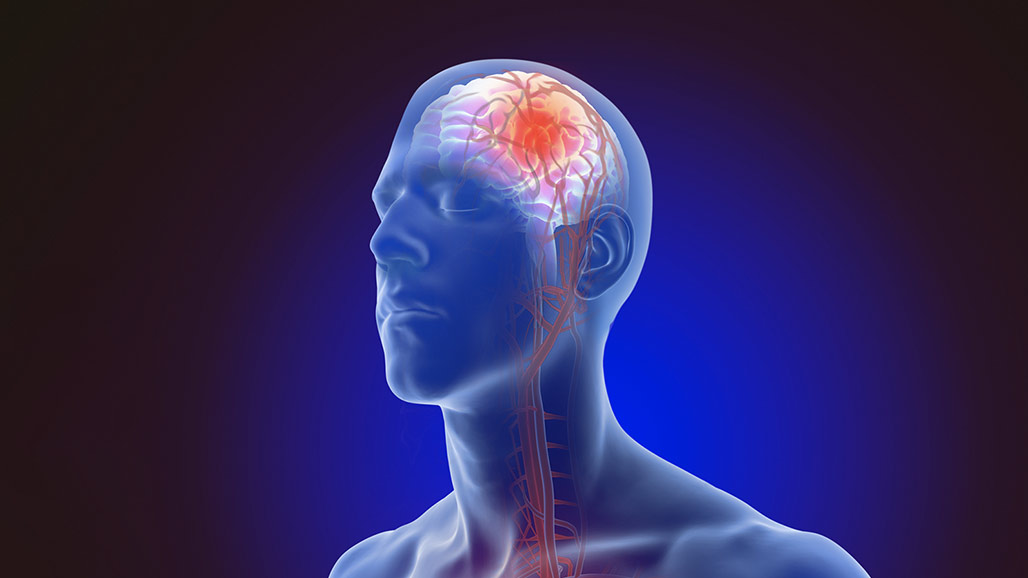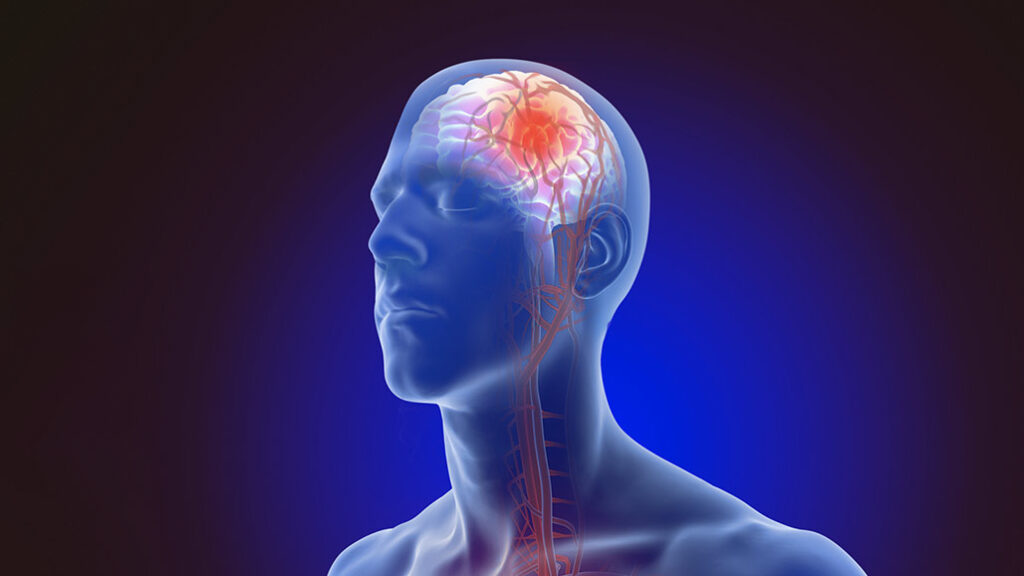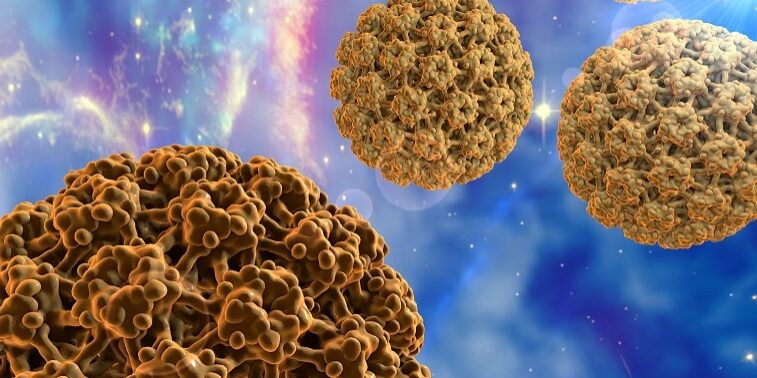
What is a Stroke?
A stroke occurs when the brain’s blood supply is blocked or reduced, depriving brain cells of oxygen and nutrients. Without quick treatment, brain cells begin to die, leading to severe complications. There are two main types of stroke: ischemic stroke, caused by a blocked artery, and hemorrhagic stroke, caused by a ruptured blood vessel. Identifying symptoms early—such as sudden numbness, confusion, or difficulty speaking—can save lives.
Causes and Risk Factors

High blood pressure, diabetes, smoking, and high cholesterol are major causes of stroke. Unhealthy habits like excessive alcohol consumption and a sedentary lifestyle also contribute to the risk. If someone has a family history of stroke, regular health checkups are necessary. Adopting a healthy lifestyle, including a balanced diet and exercise, significantly reduces the chances of having a stroke.
Recognizing the Symptoms
Early detection of a stroke can improve recovery. Common symptoms include sudden weakness in the arm, leg, or face (especially on one side of the body). Other warning signs are difficulty speaking, blurred vision, dizziness, and severe headaches. The FAST method helps in quick identification:
- Face drooping
- Arm weakness
- Speech difficulty
- Time to call emergency services
How to Prevent a Stroke?
A stroke can be prevented by adopting heart-healthy habits. Eating a diet rich in fruits, vegetables, and whole grains while reducing salt and saturated fats helps maintain blood pressure and cholesterol levels. Avoiding smoking, limiting alcohol, and staying physically active are essential in reducing the risk of stroke. Regular medical checkups help detect health issues before they become serious.
Treatment and Recovery
After a stroke, immediate medical care and rehabilitation are essential. Treatment may include blood-thinning medications or surgery to remove blockages. Patients often require physical therapy, speech therapy, and occupational therapy to regain lost abilities. Emotional support from family and friends plays a vital role in keeping stroke survivors motivated and hopeful during recovery.






